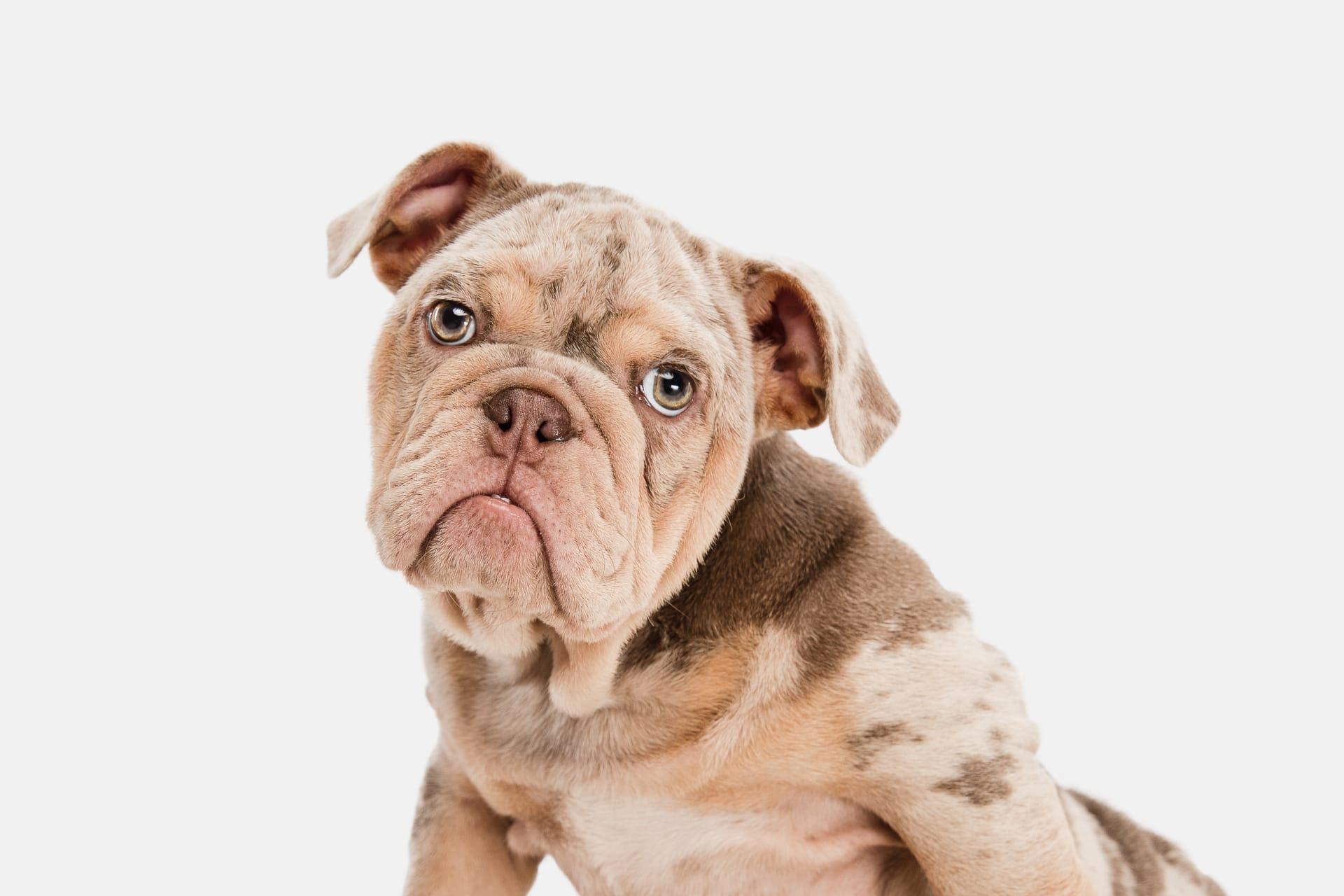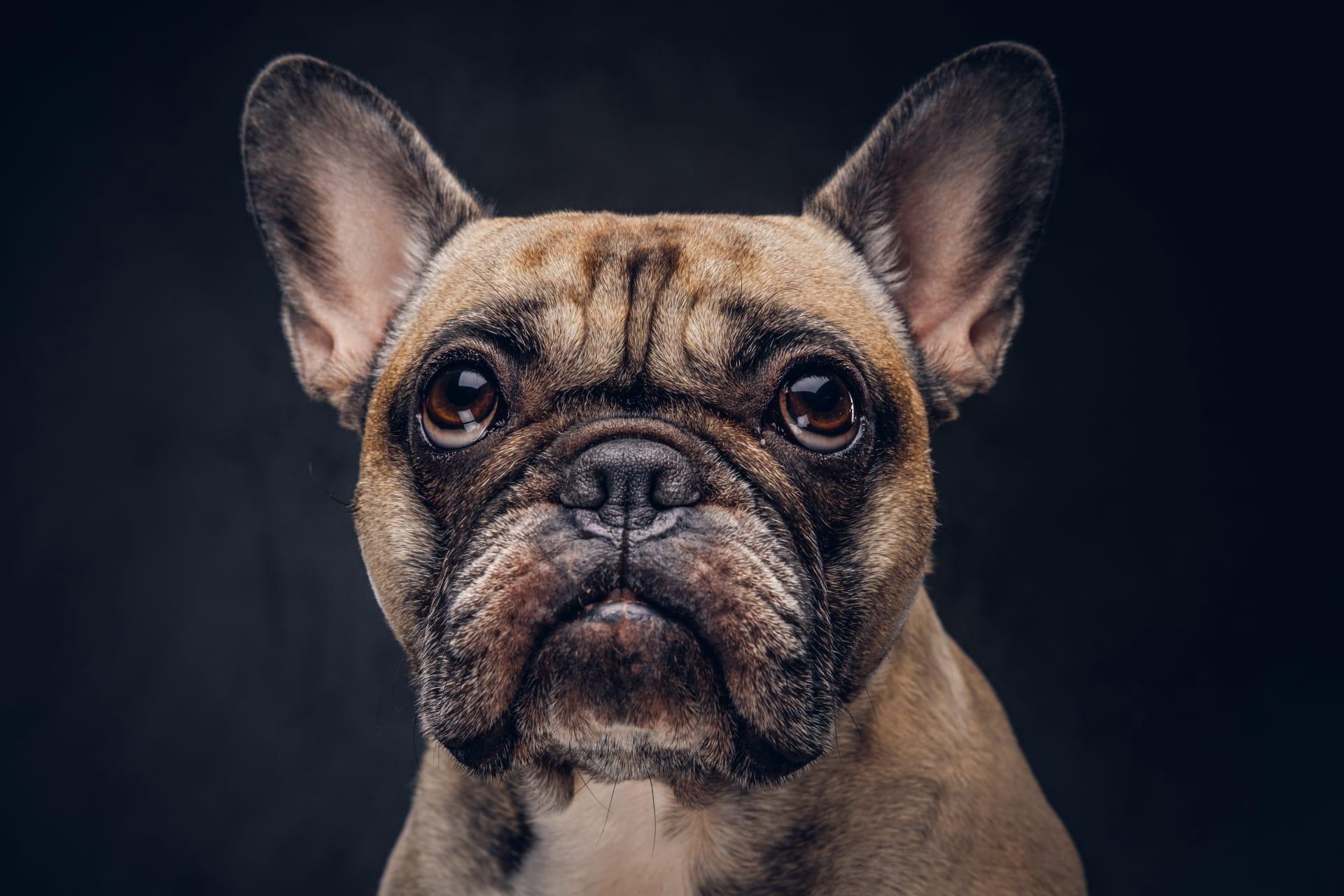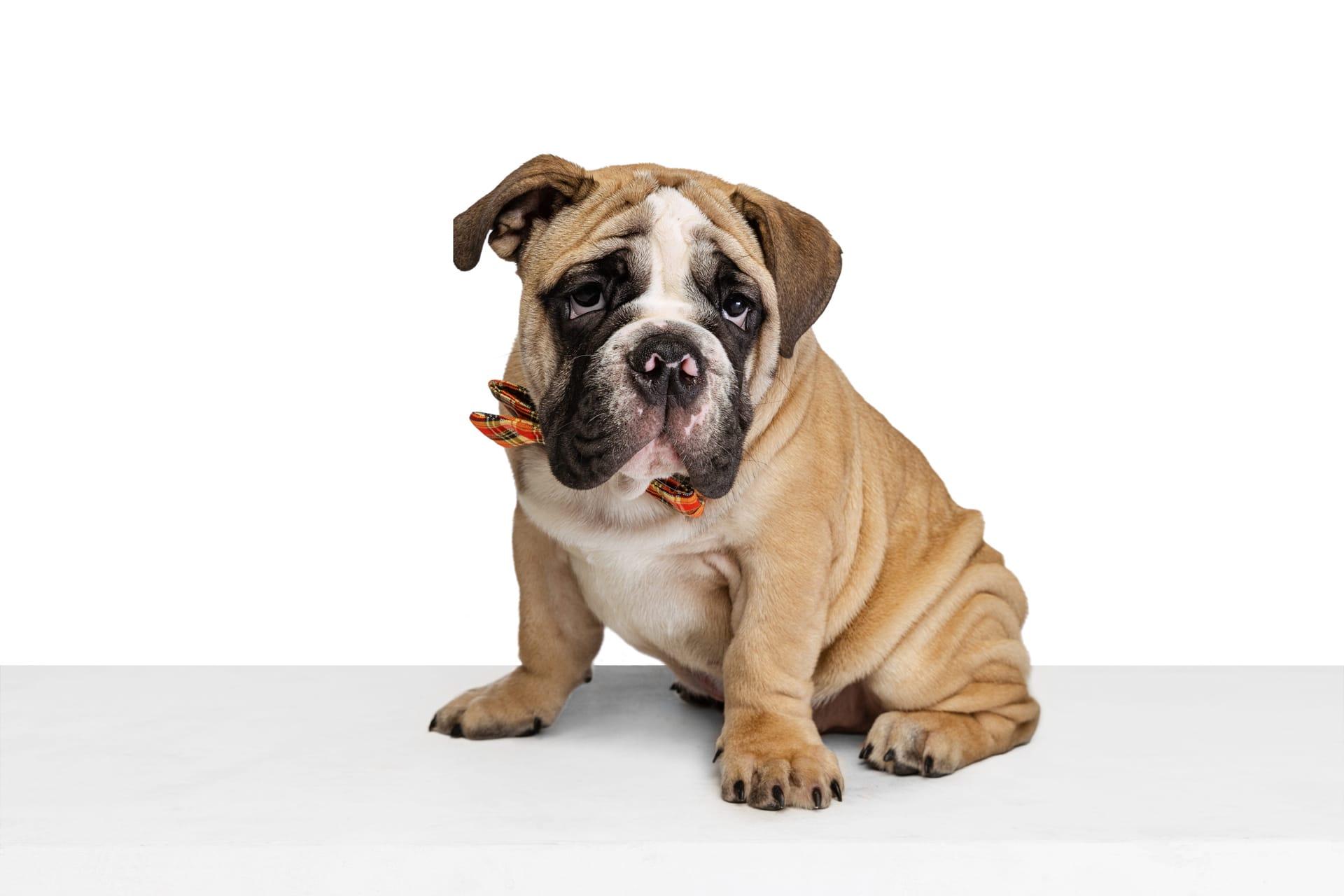Pug Characteristics
- Home /
- Mini Encyclopedia /
- Animal /
- Pug Characteristics
1
Pugs, with their distinctive squashed faces and big soulful eyes, are small yet sturdy dogs, typically weighing in at a snug 14 to 18 pounds (6.4 to 8.2 kilograms). They stand about 10 to 14 inches (25 to 36 centimeters) tall at the shoulder. These little fellows pack a lot of personality into a compact body. With a lifespan that averages 12 to 15 years, pugs often become cherished family members for many joyful years. Their short, glossy coat can come in a variety of colors, including black, fawn, silver, and apricot, making each pug uniquely adorable.
The most distinctive organ of a pug is arguably its flat, wrinkled face. This unique feature is more than just a cute characteristic; it's a defining trait of the breed. The wrinkles on a pug's face are deep and prominent, especially around the large, dark eyes. These folds need regular cleaning to prevent dirt and bacteria from accumulating, which can lead to infections. This facial structure also contributes to the pug's breathing characteristics, as the short nasal passages can make them prone to snoring and wheezing, especially in hot or humid weather.

2
Question: Why do pugs often snore loudly, and is it something to be concerned about?
Answer: Pugs are known for their loud snoring due to their brachycephalic (shortened head) facial structure. The shortened nasal passages and elongated soft palate in their throats can lead to noisy breathing and snoring, even when awake. While snoring is a common trait and often not a sign of distress in pugs, it's essential to monitor. In some cases, severe breathing difficulties may indicate brachycephalic airway obstructive syndrome, a condition requiring veterinary attention. Keeping pugs at a healthy weight and in a cool, air-conditioned environment can help minimize breathing issues.

3
Pugs are not the most athletic dogs, but they do enjoy a good play session and require regular, moderate exercise to stay healthy. Due to their compact noses, it's crucial to avoid overexertion, especially in hot or humid weather, to prevent respiratory distress. A leisurely walk in the morning or evening, when temperatures are cooler, is ideal for these little guys. Pugs are also known for their playful antics and can be quite entertaining with their comical expressions and curious nature.
When it comes to eating, pugs are famously enthusiastic. They love their food and will often eat more than necessary if given the chance, leading to obesity. It's important to monitor their diet closely, measuring out portions and sticking to a feeding schedule. Treats should be given sparingly, and it's beneficial to incorporate vegetables like carrots and green beans as low-calorie snacks. Pugs also have a tendency to gulp their food, so using a slow-feeder bowl can help prevent indigestion and bloating.

4
Pugs thrive in environments where they can be close to their human companions. They are indoor dogs and do not fare well in extreme temperatures, whether hot or cold. Their ideal living situation is inside a home where they can lounge on soft pillows, have access to air conditioning during warm months, and cuddle up with their owners for warmth and affection. Pugs are social creatures that do not like being left alone for long periods, often becoming anxious or depressed if isolated from family activities.
Reproduction in pugs requires careful consideration due to their physical characteristics. Breeding pugs can be challenging because of their broad heads and the mother's narrow pelvis, often necessitating cesarean sections to deliver puppies safely. Responsible breeders will screen for genetic health issues like hip dysplasia, PDE (Pug Dog Encephalitis), and eye problems to ensure the health and well-being of both the parents and the offspring. It's crucial to support ethical breeding practices that prioritize the health of these charming dogs.

5
Book: "The Complete Pug Handbook" by Linda Whitwam is a treasure trove of information, offering insights into the breed's history, care, training, and health. Published in the United States in the early 21st century, Whitwam's guide is comprehensive and accessible, making it an essential read for both current and prospective pug owners. The book delves into the unique needs of pugs, from their dietary requirements to their exercise limitations, all presented in a reader-friendly format.
Book: "Pugs: Love and Care" by Helen Jameson, released in the United Kingdom in the late 20th century, provides a heartfelt and detailed look into the world of pugs. Jameson, drawing from her extensive experience, covers everything from the breed's endearing personality traits to practical advice on grooming and health care. The book is filled with personal anecdotes and expert tips, making it both an informative and enjoyable read for anyone fascinated by these lovable companions.